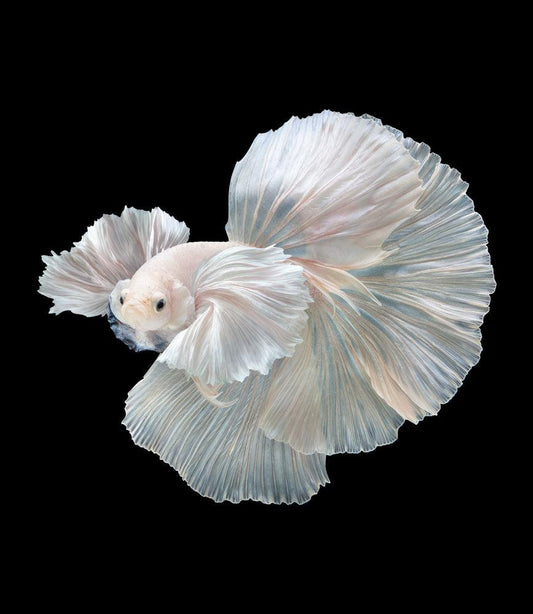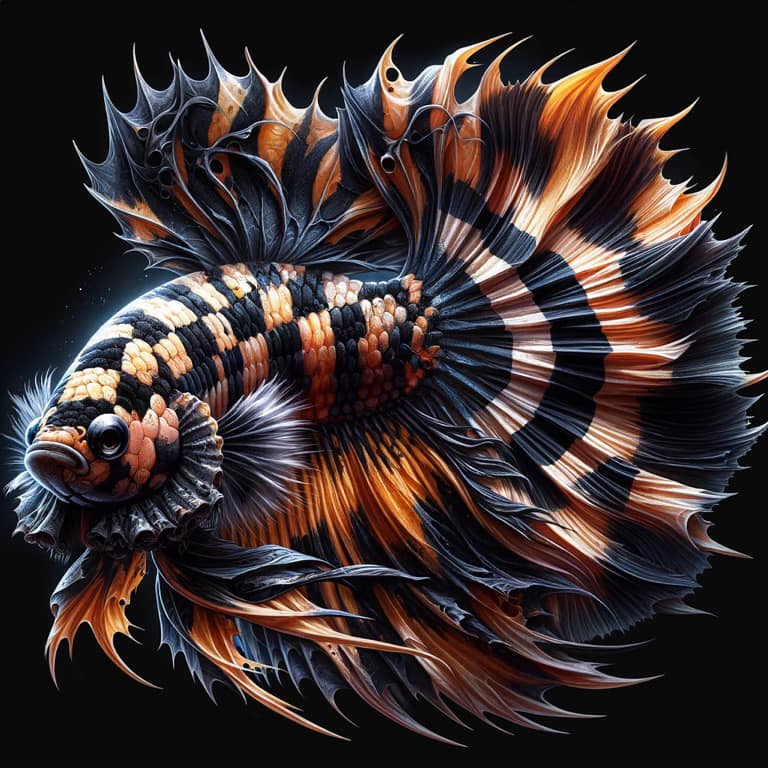Betta Fish Care: Essential Tips for a Healthy and Happy Pet Dog
Betta Fish Care: Essential Tips for a Healthy and Happy Pet Dog
Blog Article
Breeding Betta Fish: a Comprehensive Step-By-Step Guide to Effectively Raising Baby Bettas From Eggs to Adulthood
Reproducing Betta fish is a precise venture that needs cautious preparation and execution to ensure the successful advancement of fry from eggs to mature fish. Selecting genetically diverse breeding couple with desirable characteristics is only the start; producing an optimal environment and understanding the details of the breeding procedure are similarly vital. As the male Betta diligently constructs a bubble nest and guards the priceless eggs, the succeeding phases of care and shift need attention to information and understanding of ideal methods. How does one browse the difficult yet fulfilling path of supporting these dynamic animals to their adult years?

Picking Breeding Pairs
When embarking on the trip of reproducing Betta fish, picking the right reproduction pairs is important to attaining desirable traits and a healthy and balanced lineage - betta fish. The primary step in this process is to recognize the particular qualities you desire to improve or protect, such as shade, fin kind, and body form. It is vital to choose genetically varied pairs to stay clear of inbreeding, which can cause wellness concerns and undesirable qualities
Examine prospective reproducing prospects meticulously. A healthy male Betta must show vivid colors, an energetic behavior, and well-formed fins, while the lady needs to also show vivid coloration and a rounded stubborn belly, suggesting readiness for spawning. Observing the temperament of both fish is vital, as aggressive or overly shy individuals might not reproduce effectively.
Keeping records of the moms and dad fish's origins can aid you track hereditary traits and prospective problems. Inevitably, investing time in the option process will significantly enhance the chance of creating strong, vivid offspring that fulfill your breeding objectives.

Preparing the Breeding Container
Producing an ideal breeding atmosphere is a vital action after selecting appropriate sets for Betta fish. The breeding tank ought to be particularly created to supply convenience and promote the natural reproduction behaviors of the fish. Begin with a tank dimension of at the very least 10 gallons to make sure appropriate area for both the male and female Bettas.
Preserve a gentle filtration system to maintain the water tidy while preventing solid currents that can stress the fish. Furthermore, an air stone can be contributed to supply oxygenation without interfering with the water surface excessive.
Temperature level policy is important; go for a secure range of 78-82 ° F(25-28 ° C) making use of a reputable heating unit. The pH degree must be maintained between 6.5 and 7.5, and normal water changes are needed to guarantee high water high quality.
Integrate floating plants or generating mops to develop hiding places for the woman, while likewise urging bubble nest building by the man - betta fish. Ultimately, make certain the storage tank is without sharp decorations and any type of possible threats, as the well-being of the fish should always be focused on during this essential phase of breeding.
The Breeding Process
Generally, the breeding procedure for Betta fish involves a collection of unique and visible habits that indicate readiness for recreation. The male Betta begins by constructing a bubble nest at the water's surface, which functions as a site for the fed eggs. This nest is essential, as it provides a safe atmosphere for the eggs until they hatch out.
As soon as the nest is established, the male will display courtship behaviors, such as flaring his fins and showing vibrant colors to draw in the female. The lady, upon noticing the man's preparedness, will respond by showing upright red stripes along her body, signifying her receptiveness.
When the female methods, the male involves in a breeding dancing, usually bring about a welcome referred to as the "spawning." look at this web-site Throughout this welcome, the woman launches her eggs, which the male fertilizes instantly. The fertilized eggs then fall to the bubble nest, where the male thoroughly collects and returns them to the nest. Following this, the male assumes responsibility for guarding the nest and guaranteeing the security of the eggs until they hatch out, generally within 24-36 hours. This stage is essential in the breeding procedure, laying the structure for effective fry advancement.
Caring for Betta Fry
Taking care of Betta fry calls for cautious attention to their environment and nourishment to ensure healthy growth and growth. After hatching out, Betta fry are very tiny and at risk, necessitating a secure and clean environment. Maintaining a water temperature between 78 ° F and 80 ° F is crucial, as Betta fry grow in warm conditions. In addition, make certain that the water is cost-free of damaging contaminants; normal water modifications of 10-20% are recommended to keep optimum water high quality.
Feeding Betta fry is just Click This Link as crucial. Feed them little quantities a number of times a day, being mindful not to overfeed, which can lead to water top quality problems.
Transitioning to Grownup Bettas
As Betta fry mature, transitioning them to grown-up Bettas is an important stage that requires mindful monitoring of their atmosphere and social interactions. This process generally begins when the fry reach around 6 weeks of age, whereupon they can be progressively presented to an extra structured living environment.
To facilitate this shift, it is vital to make certain that the water criteria-- such as temperature, pH, and ammonia degrees-- are ideal and steady. Grown-up Betta fish grow in warm water (around 78-80 ° F) with a pH of 6.5 to 7.5. Gradually acclimate the fry to these problems to minimize stress and anxiety.
Social interactions are another essential element; male Bettas are infamously territorial and hostile. It is recommended to different males right into specific storage tanks as they grow. Women Bettas can be housed together, yet care must be required to keep track of for indications of aggression.
Furthermore, dietary modifications ought to be made as the fry expand. Include premium pellets and live foods to support their growth and health and wellness. By handling these variables effectively, you can promote a successful transition to their adult years for your Betta fish.

Final Thought
Successful reproduction of Betta fish requires mindful focus to detail throughout the entire procedure, from selecting genetically diverse pairs to giving ideal treatment more for fry. By making certain ideal breeding problems and preserving water high quality, the probability of healthy spawn raises substantially. In addition, a well balanced diet and progressive adaptation to adult environments are crucial for the growth and development of Betta fish. Complying with these steps vigilantly fosters a growing population of Betta fish, boosting both their wellness and vitality.
Report this page